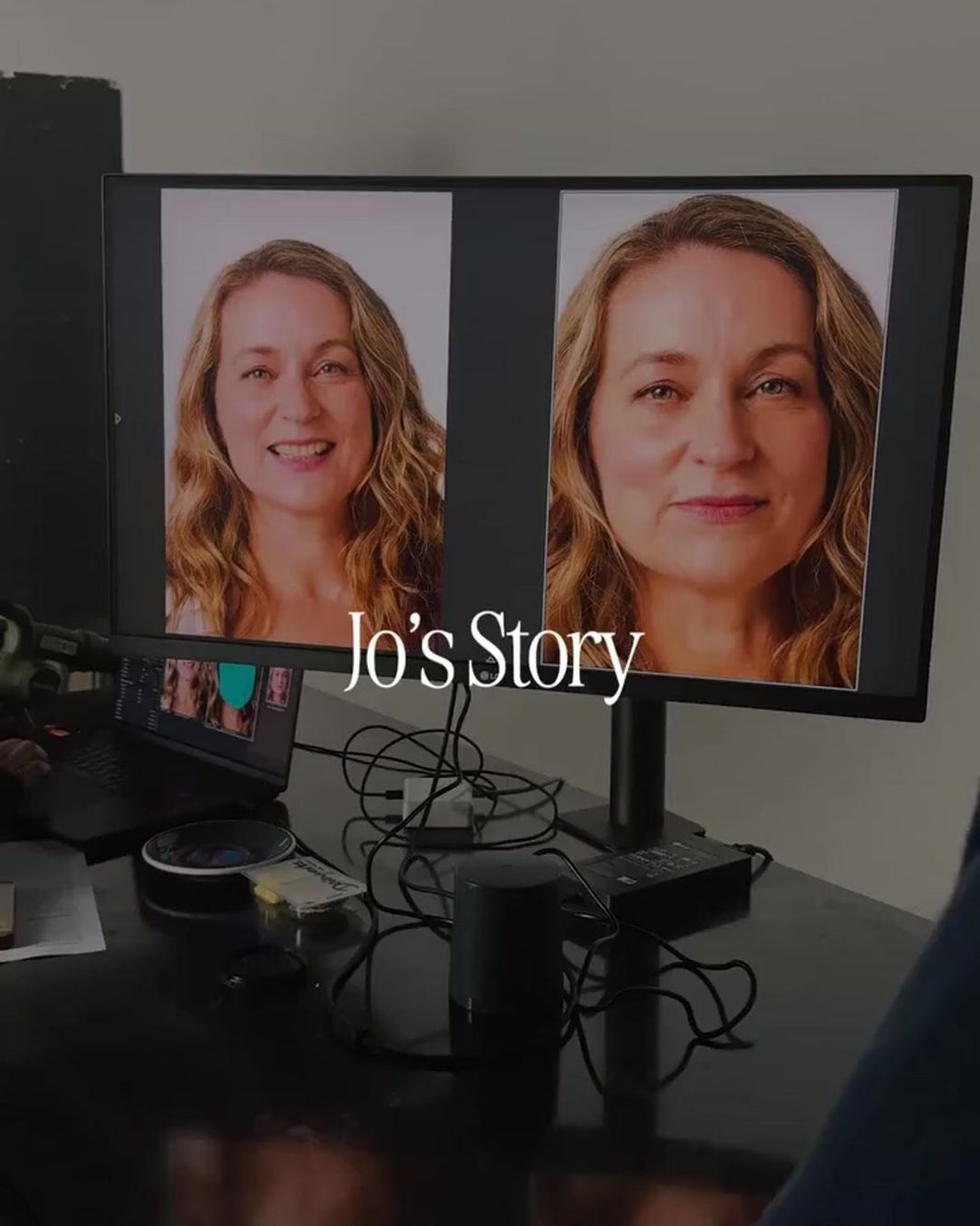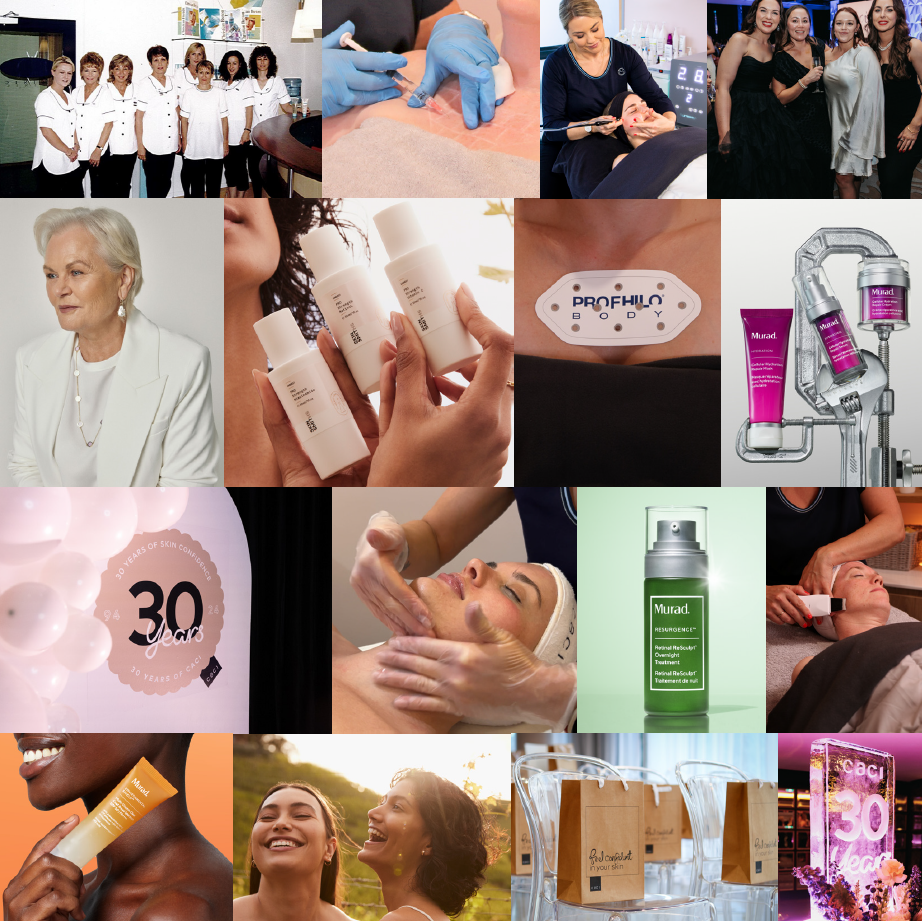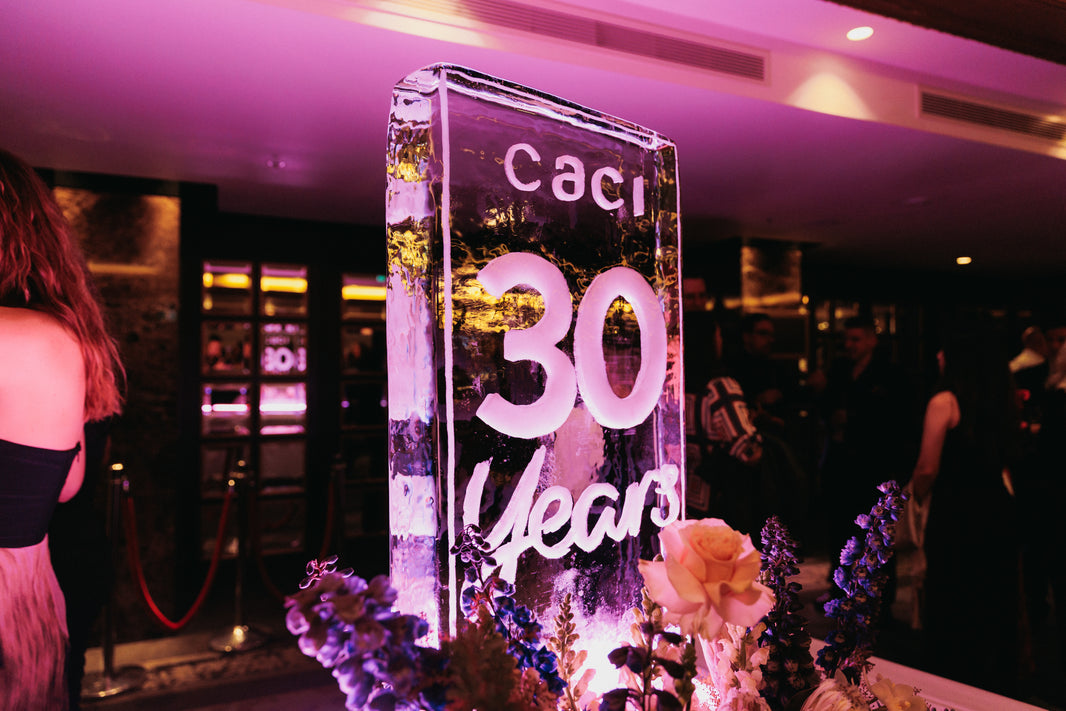May is Melanoma Awareness Month in New Zealand, a dedicated period to confront malignant melanoma—the most serious form of skin cancer. Over the last decade, global annual melanoma cases have risen by almost 50% to more than 287,000, and although melanoma makes up only around 3% of skin cancer diagnoses, it accounts for 65% of related deaths due to its ability to spread rapidly MoleMap. At MoleMap—New Zealand’s specialist skin cancer clinics—they combine thorough clinical examinations with advanced dermoscopic imaging and full-body mole mapping, including a free spot check with every Full Body MoleMap scan, to catch melanoma at its earliest, most treatable stage MoleMap.
We teamed up with MoleMap’s Stephanie Larkin to bring you expert answers to the most common questions around preventing, detecting, and treating melanoma.
What is Melanoma?
Malignant melanoma is the most serious type of skin cancer. Melanoma starts in the melanocyte cells of the skin. UV radiation, from the sun, damages the DNA in the melanocytes.. This can cause the melanocyte cells to multiply uncontrollably, and is one of the causes of melanoma skin cancer. What makes melanoma dangerous is its ability to spread to other organs such as the brain and liver.
What does Melanoma look like?
Two-thirds of melanoma appear as a new spot or mole, with one-third occurring in an existing spot or mole. A melanoma may stand out as looking different from other moles on that person, and it may be changing over time. It may be flat or raised, and it may itch or bleed occasionally. Most often, though, it causes no symptoms at all. Melanoma can be different colours, from brown to black, even pink or blue. The truth is, melanoma can look different from person to person, but any new or changing mole needs a check-up.
How do I prevent Melanoma?
According to the Melanoma Institute Australia, 95% of melanomas are caused by exposure[LC1] to UV light. Protecting your skin against the sun’s UV rays is the single biggest thing you can do to reduce your melanoma risk, and it is never too late to start.
If I am tanned will it prevent skin cancer?
Melanoma and other skin cancers are indeed less common in those with darker complexions than in those with lighter complexions. But tanning does not give the same protection as being born with a darker complexion. Instead, it is a sign of sun damage and means your risk of skin cancer is higher. Darker-skinned people can still get sunburned and develop sunspots or skin cancer. And deadly melanomas are still detected among these groups each year.
International research shows that in people of colour, skin cancers are often diagnosed at a more advanced stage. As such, treatment is more difficult, resulting in a higher mortality risk for these groups.
What are the early warning signs I should look for?
Melanoma can occur anywhere on the body, including areas rarely exposed to the sun such as the soles of the feet, the scalp and under finger and toe nails. There are two useful acronyms to help identify skin cancers
The first is SCAN your skin:
S for Sore spots
A spot which is sore (scaly, itchy, bleeding, tender) and doesn’t heal within 6 weeks.
C for Changing
Changing in size, shape, colour or texture.
A for Abnormal
Looks different, feels different, or stands out when compared to your other spots and moles.
N for New
Has appeared on your skin recently. Any new moles or spots should be checked, especially if you are over 40
The other useful acronym is ABCDE EFG .
ABCDE may help to identify flat, early melanoma’s
A — for asymmetrical
B — for borders are uneven
C — for colour variability or change
D — different from other spots
E — evolving i.e changing in colour, size, shape or texture
For raised or nodular melanoma’s, use EFG
E — elevated
F — firm
G — growing
While the ABCDEFG criteria have been proven to help identify many melanoma, they cannot be used to reliably recognise all melanomas. A melanoma may be symmetrical in shape, with a uniform border, and without much colour variation. If someone is worried about a mole, even if there are no ABCDE EFG features, they should always get it checked by an expert. Never begin cosmetic treatment on a mole if there is a possibility it is a melanoma. It could delay the diagnosis and treatment. Instead, get it checked by an expert and ask them if it is safe to have cosmetic treatments before proceeding[LC1] .
Which MoleMap skin check is right for me?
New Zealand has one of the highest rates of melanoma in the world. Could you be at risk? Take our short quiz to find out. https://www.molemap.co.nz/check-my-risk
How often should I get checked?
Annual skin checks with an experienced melanographer or dermatologist will give you the best chance of catching suspicious spots or moles early when they’re most treatable.
Many people also ask their doctor to check their skin as part of their annual wellness check — and this is definitely a great idea! However, just remember that GPs usually do a brief visual skin check within the confines of a 15-minute appointment. A thorough top- to toe skin check takes time and expertise. That’s why we recommend booking a mole check at our skin cancer clinic every year.
Are Gel UV nail lights safe?
As we have mentioned, UV exposure increases the chance of damaging the DNA in skin cells, which can increase skin cancer risks. This is why sun beds causes a 25% increased risk of melanoma. It was thought that UV nail lamps would present similar risks. However, research seems to show the risk is not as bad, probably due to shorter duration and weaker lamp strength. Very occasional use is unlikely to be a significant risk. If you are a regular user, you may want to apply sunscreen to your hands before placing them under the lamps to reduce the risk of cancer and the skin ageing effect of the UV.
Is Melanoma hereditary?
Yes, melanoma can have a hereditary component. If you have a close family member (parents, siblings, or children) who has had melanoma, your risk of developing it is about twice as high compared to someone without a family history.
If you inherited red hair or very fair skin, your risk is four times higher and if you inherited lots of moles ( more than 100) your risk is seven times higher.
If you've had melanoma before, your risk of developing it again is about ten times higher than someone who has never had a skin cancer, but if you have had a previous melanoma and a close relative with melanoma, your risk is thirty times higher- quite frightening!
Early detection truly is your best defence. Keeping an eye on your skin and having regular professional skin checks significant improves your chances of catching a melanoma early—when it’s still highly treatable.. At MoleMap, every Full Body MoleMap includes a complimentary spot check, pairing a thorough visual exam with cutting-edge dermoscopy imaging to give you a full snapshot of your skin’s health.
Don’t wait for a change to catch your eye—book your Full Body MoleMap today at molemap.co.nz and claim your free spot check. Early detection could make all the difference.







